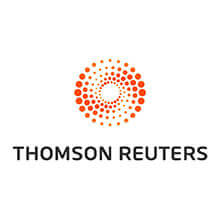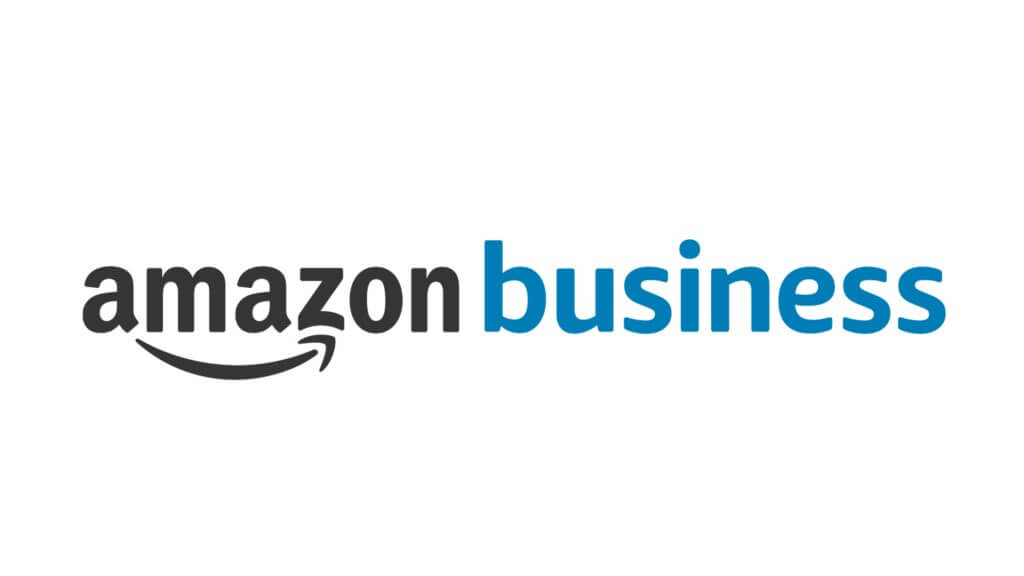
Organisations are under extreme pressure when it comes to protecting data. The range of cybersecurity threats is constantly evolving as the world becomes increasingly reliant on technology.
Cybersecurity breaches are now so commonplace that in the UK an alarming 59% of medium businesses, 69% of large businesses, and 56% of high-income charities have experienced an attack according to latest government figures spanning a 12-month period.
As cyber-criminals use more and more sophisticated methods including Artificial Intelligence (AI) to exploit vulnerabilities in systems and networks, cybersecurity must keep up to date with the latest developments to nullify these threats. From encryption to access control and human firewalls, cybersecurity experts, ramsac, are highlighting how effective solutions such as the Zero Trust security model help businesses enhance cybersecurity in the workplace.
What is the Zero Trust security model?
Businesses and organisations used to assume that most elements of your network were safe, so they focussed on protecting access with VPNs (Virtual Private Networks), firewalls, and on-site equipment. However, as data footprints spread outside company networks and began living in the cloud, the Zero Trust security model offered a more holistic approach.
With Zero Trust, everyone and anything is treated as unknown, forcing legitimate users to authenticate and be authorised before they’re granted access.
The main principles of Zero Trust
There are three main principles of a Zero Trust cybersecurity model that will help protect assets from data breaches and cybercrime, and all of them can be applied across any IT estate to reduce security risk.
Robust user verification:
Zero Trust teaches organisations to authenticate and authorise access to networks and systems based on all available data points such as the user’s identity, location, and device.
Least privilege:
User access should be restricted to only what is necessary based on risk-based adaptive policies. In other words, users should only be granted minimal access to the resources they need to do their jobs in order to safeguard data and sensitive information.
Damage limitation:
Organisations can minimise any damage caused by a data breach or cyberattack by segmenting access via devices and improving application awareness. This helps restrict lateral movement in the event of an attack, while all sessions should also be encrypted end-to-end for greater security.
Using Zero Trust in the workplace
Zero Trust addresses many of the weaknesses that existed with traditional cybersecurity. Historically, users who signed in through single sign-on are gained access to all company networks which could cause widespread problems in the event of passwords being stolen or unauthorised access.
With a Zero Trust approach everything in your IT estate is protected by verifying every device and user identity. Not only that, but it also helps secure remote system access, smartphones and other personal devices, and relevant third-party apps.
For the best cybersecurity results, Zero Trust should be fully integrated across all company architecture including network access, user identities, data, endpoints, infrastructure, and apps. There are many reasons for this including:
Identity:
Identities are the foundation of any strong Zero Trust policy. The highest level of authentication, authorisation, and verification should exist for both human and non-human identities when connecting to company networks from both personal and corporate endpoints with approved devices.
For example, multi-factor authentication (MFA) should always be enforced to reduce the likelihood of a cyberattack, while users could also be required to follow passwordless authentication such as biometrics and facial recognition when signing in. Many companies hire an identity provider for identity support to protect their cloud apps and on-site infrastructure in this way. It also allows for real-time user analysis, device activity, and location to spot suspicious activity and limit any damage caused by a data breach.
Endpoints:
All devices and endpoints should be registered with your identity provider in order to heighten security. Smartphones, mobile devices, tablets, laptops, desktop computers, and even servers can be managed and monitored using a service such as Microsoft Endpoint Manager.
In addition, company devices should be encrypted while workstations and servers should be secured. An Endpoint Detection and Response (EDR) solution is also beneficial for the early detection of any unusual activity across a network, and the emergency response to keep all system and reputational damage to a minimum.
Apps:
Companies can benefit from strong threat protection and detection across their entire app ecosystem with a Cloud Access Security Broker (CASB). This allows you to expand all security controls to any app in any browser, in real-time.
Companies should start by identifying any cloud-based apps their workers are using and take steps to deny any unsanctioned apps that have not been officially improved and could contain viruses and cyber threats. Again, all apps should only be made available with the least amount of privilege access applied to users, and ongoing verification in place.
Digital infrastructure
Runtime control – the ability to make changes to a running system – should be activated across the full company infrastructure under Zero Trust. This typically involves managing permissions and access across environments alongside the configuration of servers.
Combined with real-time monitoring and app identity, this approach will identify abnormal behaviour on a network, send out alerts, and take action to mitigate the risks.
Data
Under Zero Trust, all data should be classified in order to prevent it from falling into the wrong hands. The use of sensitivity labels and encryption should be applied to emails, files, documents, and any form of data that could become vulnerable to a cyberattack.
Smart machine learning models allow companies to strengthen data classification so that networks and data are protected by the very latest tools. Not only that, but data loss prevention policies can also be put in place to limit the risk of a data breach.
Network
Devices and users should not be trusted just because they’re linked to an internal network. Therefore, before access is granted to any private or public network, traffic filtering and segmentation is applied when implementing a Zero Trust policy.
Cyberthreat protection can be further enhanced by leveraging machine learning to encrypt all traffic, activity, and internal communication on workplace systems alongside limiting access and running real-time threat detection.
How to implement zero trust
It is important to understand that Zero Trust is not a product, it is not something you can buy off the shelf, but it is a strategy and among the most robust and effective cybersecurity strategies available today. Not only does it minimise your attack surface and reduce the risk of a data breach, but it also gives you greater control over your network and cloud environments and mitigates the impact of successful attacks, thus saving time and money.
Organisations can implement Zero Trust in the workplace in the following ways:
Monitor networks and devices
It’s crucial to gain full visibility of network traffic and connected devices so that users, laptops, smartphones, and other equipment are continuously verified and authorised.
Update devices always
Organisations with Zero Trust policies can restrict access to vulnerable devices at risk of a cyberattack. Similarly, all identified weaknesses and vulnerabilities should be immediately patched up and fixed to maintain maximum security.
Implement Least Privilege Practices
As previously mentioned, everyone from company executives to IT departments should have the least amount of access they need to limit any potential damage if a user’s account is hacked.
Break up the network
Partitioning the network into smaller sections will help contain any breaches and minimise damage before it escalates.
Adopt MFA security keys
Hardware security tokens that leverage encryption algorithms, authentication codes, or a secure PIN to complete MFA or 2FA prompts are significantly more secure than soft tokens such as one-time passcodes sent via email or SMS.
Focus on threat intelligence
As cybercriminals are constantly refining their nefarious tactics, it’s vital to utilise the latest threat intelligence data feeds to stay ahead of the game and identify security risks early.
Take a pragmatic approach
Making end users re-verify their identities throughout the day via multiple security tools can ironically decrease security. It can produce a similar negative effect as overly strict password protocols that may cause users to recycle the same passwords time and time again.
As you can see, companies with a Zero Trust policy strengthen their cybersecurity as they are continuously authenticating and verifying every user, device, and app trying to access their system. Not only that, but they are also encrypting everything on the network, segmenting it to contain threats and attacks in real-time, and limiting access to only those who need it, so their digital environment receives the highest level of threat protection at all times.




















